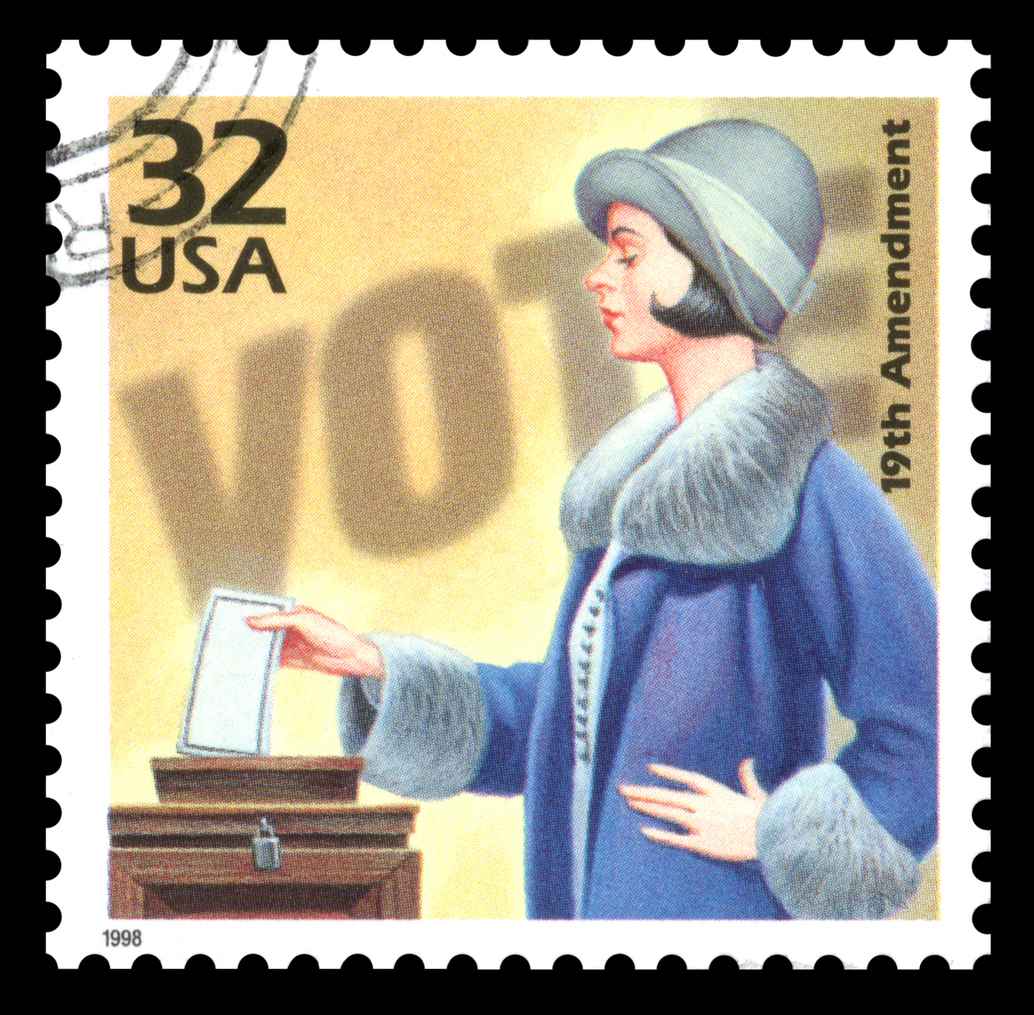A Look at a Pivotal Moment for Women’s Rights
We often do not recognize great events when they occur. Time alone reveals the impact of such moments.
One-hundred-eleven years ago this month, the Washington D.C. Women’s Suffrage March was such an event. Despite chaotic beginnings and controversial decisions, the 1913 Women’s Suffrage March advanced the cause of voting rights and gender equality. Civil rights advocates should acknowledge and commemorate the events and courageous women who shaped our notions of ordered liberty. By doing so, we can advance the walk to a more perfect union.
A Movement in Motion: The 1913 Suffrage March
On March 3, 1913, thousands of suffragists descended upon Washington, D.C., for the first national suffrage parade organized by the National American Woman Suffrage Association.
Media-savvy leaders specifically planned the march to take place the day before the inauguration of President Woodrow Wilson on the same route as the inaugural parade. Led by prominent activists like Alice Paul and Lucy Burns, the march would later be remembered as a key moment in the fight for women’s rights.
The D.C. march was not the first Women’s Suffrage March. Women marched in New York City in 1912. The march got off on the “wrong track” when organizers asked or required African American suffragettes to march in the back of their delegations or sit out the march entirely. (Most refused or arranged to enter the parade to lead their delegations after the march began.)
Almost immediately after the march began, chaos erupted as male bystanders moved into the street to block the path of the march and shout insults and obscenities at the marchers. Seemingly taken by surprise by the disruption, it would take over an hour for the United States Calvary (yea, that Calvary) from nearby Fort Myer to push back the crowd and allow the marchers to reach Continental Hall, the designated point for the end of the march.
Arriving at their destination over an hour later than expected, exhausted, filthy, and outraged by the treatment they received in the streets of the Nation’s capital, leaders such as Alice Paul and Anna Howard Shaw recognized the moment. A march might be remembered for a day, they reasoned; a riot would be remembered for a long time.
A subsequent Congressional investigation as to why it took so long to clear the obnoxious crowds and permit the marchers to proceed would keep the story in the newspapers for weeks. Eventually, the publicity and the justice of their cause led to the ratification of the 19th Amendment to the United States Constitution, guaranteeing that the “right of citizens of the United States to vote shall not be abridged by the United States or by any State on account of sex.”
Honoring the Legacy of the Suffrage Movement: Lessons for Today
Let us all be inspired by remembering the 1913 Women’s Suffrage March and its inauspicious beginnings. Those who marched in Washington faced long odds, danger, and abuse. That they persevered and secured the right of all women to vote should remind us of the continuing need to work to eliminate barriers to gender equality in all its forms.

